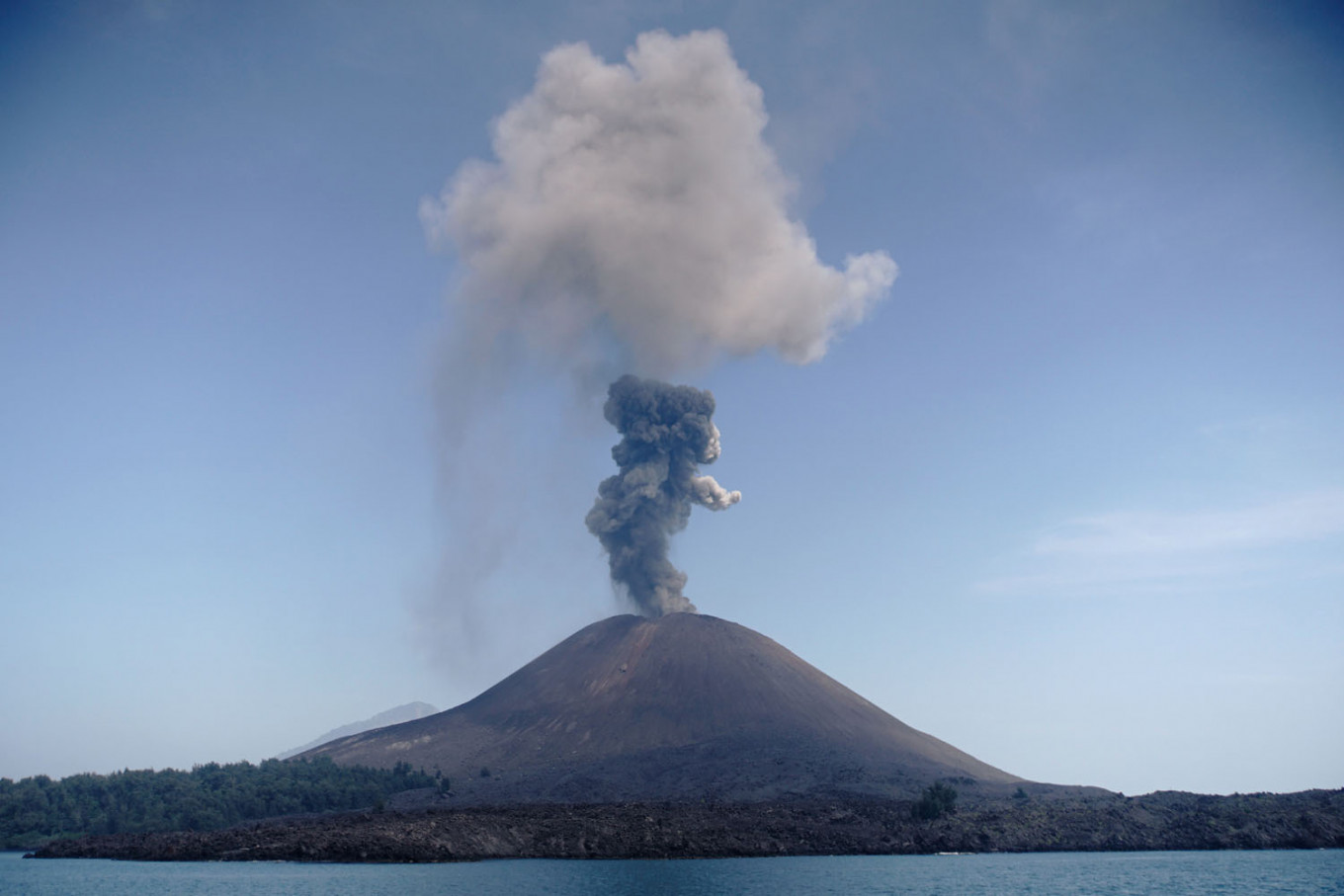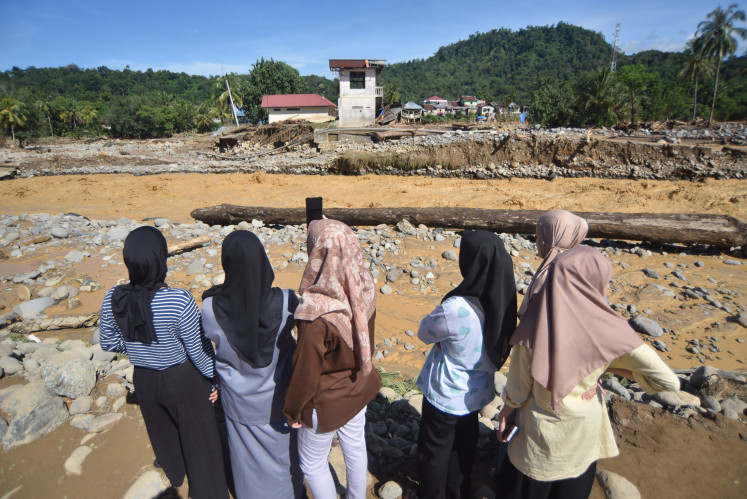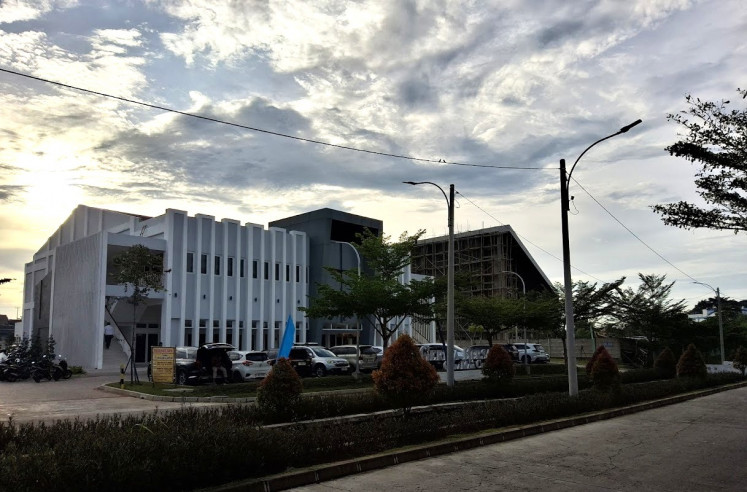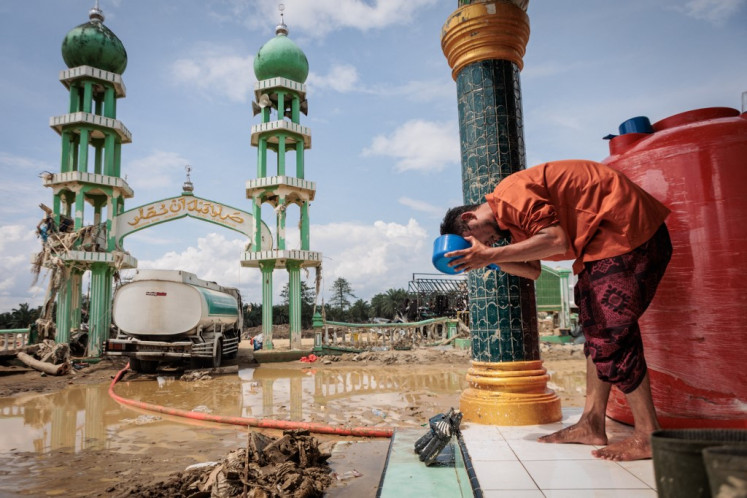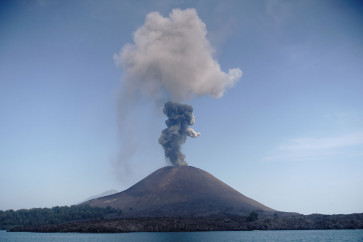Popular Reads
Top Results
Can't find what you're looking for?
View all search resultsPopular Reads
Top Results
Can't find what you're looking for?
View all search resultsVolcanic eruptions, a new hope for mitigating climate change
Although volcanic soils only cover around 124 million hectares, or around 1 percent of the Earth’s surface, they support the life of 10 percent of the world’s population.
Change text size
Gift Premium Articles
to Anyone
S
itting on the Ring of Fire, Indonesia has been living with volcanic eruption as one of the natural disasters it faces almost every year. Most recently Mount Semeru in Lumajang, East Java erupted in December of 2021, claiming more than 40 lives and displacing thousands of others.
In Yogyakarta, Mt. Merapi, dubbed the most active volcano in Indonesia, has spewed hot clouds several times since the beginning of January 2021. At the end of 2020, Mt. Ili Lewotolok in Lembata regency in East Nusa Tenggara, spewed a column of volcanic ash and smoke, causing more than 4,600 residents to flee their homes.
History also shows that Indonesia has experienced several great volcanic eruptions such as the Mt. Tambora eruption in 1815 and Mt. Krakatau in 1883, which destroyed the environment and caused so many casualties.
However, we tend to view volcanic eruptions in terms of their disastrous impacts without considering their positive side. For example, the development of volcanic material from eruptions into fertile volcanic soils has been almost neglected. As the most productive soil, young volcanic soils can rejuvenate vegetation fast and have some important properties such as a large amount of organic carbon, nitrogen and phosphate, while holding a huge amount of water.
Although volcanic soils only cover around 124 million hectares, or around 1 percent of the Earth’s surface, they support the life of 10 percent of the world’s population.
Volcanic eruptions are also perceived as one of the contributors to climate change. The impact of volcanic eruptions on the climate has become an intriguing discussion since it has been found that gases and ash materials released during volcanic eruptions can reflect solar radiation, resulting in a cooling effect on the planet’s temperature. Another crucial impact of volcanic eruptions on climate is that they release greenhouse gases such as water vapor (H2O) and carbon dioxide (CO2) during eruptions.
Again, volcanic eruptions are always seen in the context of their negative impact on climate. In fact, it is little known that volcanic eruptions can be useful for reducing CO2 in the atmosphere and in turn mitigating climate change. This promising contribution is associated with increasing biomass in volcanic soils derived from deposited volcanic ash that has weathered.

